
Understanding the Distinction between Stroke and Hypertension
In this blog post, I aim to shed light on the difference between two prevalent health conditions – Stroke and Hypertension. Although they are interconnected in various ways, it is crucial to understand the distinctions between these two conditions to protect ourselves and make informed health decisions. So, let's dive into the details!
1. Defining Stroke:
A stroke occurs when blood supply to the brain is interrupted or reduced, leading to damage or death of brain cells. It is a medical emergency that requires immediate attention. Recognizing the symptoms is crucial as rapid action can minimize the long-term effects of a stroke. Some signs include sudden weakness or numbness, difficulty speaking or understanding speech, severe headache, dizziness, and loss of coordination.
2. Insight into Hypertension:
Hypertension, commonly known as high blood pressure, is a chronic medical condition characterized by the force of blood against the artery walls being consistently too high. It is often referred to as a silent killer because it may not exhibit obvious symptoms, earning it the nickname "the silent killer." Hypertension can lead to severe complications such as heart disease, kidney problems, and strokes. It is easy to monitor your blood pressure at home and help you know if/when to contact your doctor.
3. Understanding the Link:
While they are distinct health conditions, hypertension is a significant risk factor for strokes. Uncontrolled high blood pressure can damage the blood vessels and weaken them over time. Eventually, this can lead to the formation of blood clots, narrowing of the arteries, or even rupture, triggering a stroke. Managing and monitoring hypertension is crucial to minimizing the risk of stroke.
4. Prevention and Management:
a. Lifestyle Modifications:
Maintaining a healthy lifestyle is essential to prevent and manage both hypertension and the risk of stroke. Regular physical activity, a balanced diet, limited sodium intake, and avoiding tobacco and excessive alcohol consumption contribute to overall cardiovascular health and reduce the risk of both conditions.
b. Essential Oils:
As a Young Living enthusiast, you have access to a wide range of therapeutic-grade essential oils known for their potential benefits. Certain essential oils, such as lavender, frankincense, and peppermint, are known to support relaxation, mental clarity, and cardiovascular health. Incorporating these oils in your daily routine may help promote well-being and contribute to a healthy heart.
While stroke and hypertension are separate health conditions, it's important to understand their relationship. Hypertension acts as a significant risk factor for stroke; hence, managing blood pressure levels becomes crucial. By adopting a healthy lifestyle and incorporating natural wellness practices like Young Living essential oils, we can make positive strides towards maintaining a healthy heart and lowering the risk of strokes. Remember, prevention is key, and every step towards a healthy lifestyle matters.
Get my free guide “Anti _Inflammatory Guide - foods to avoid, foods to enjoy!”
Ask me about the 11 day jumpstart to lose 7-15 lbs in 11 days and reduce inflammation.
More information on the 11 Day Jumpstart can be found here.
#paidlinks
Disclaimer: This blog post is for informational purposes only. Please consult a healthcare professional for personalized advice and treatment options.
Disclaimer: The information in this article is for educational purposes only and should not be considered medical advice. Please consult with a healthcare professional before making any changes to your diet or lifestyle.
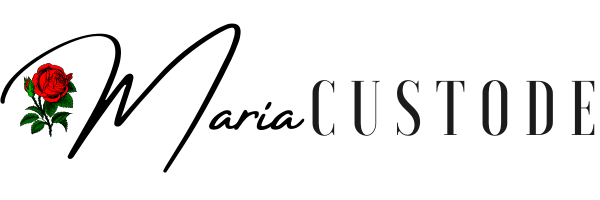

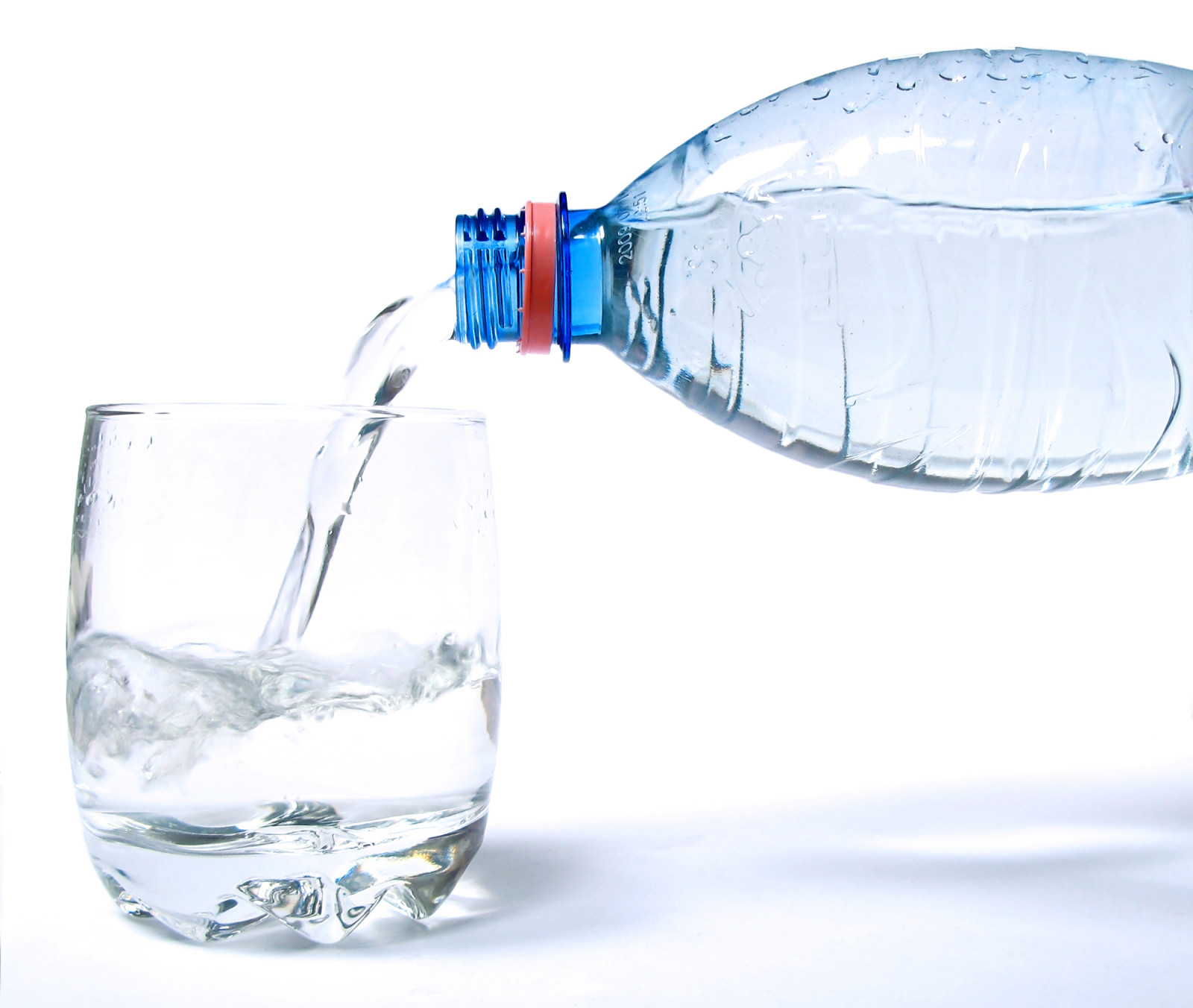

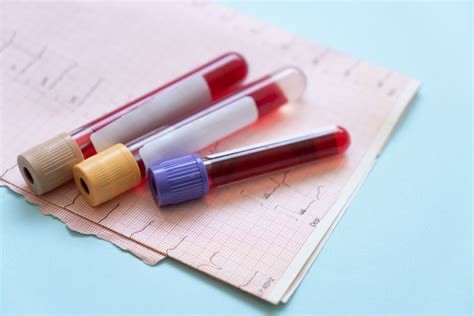



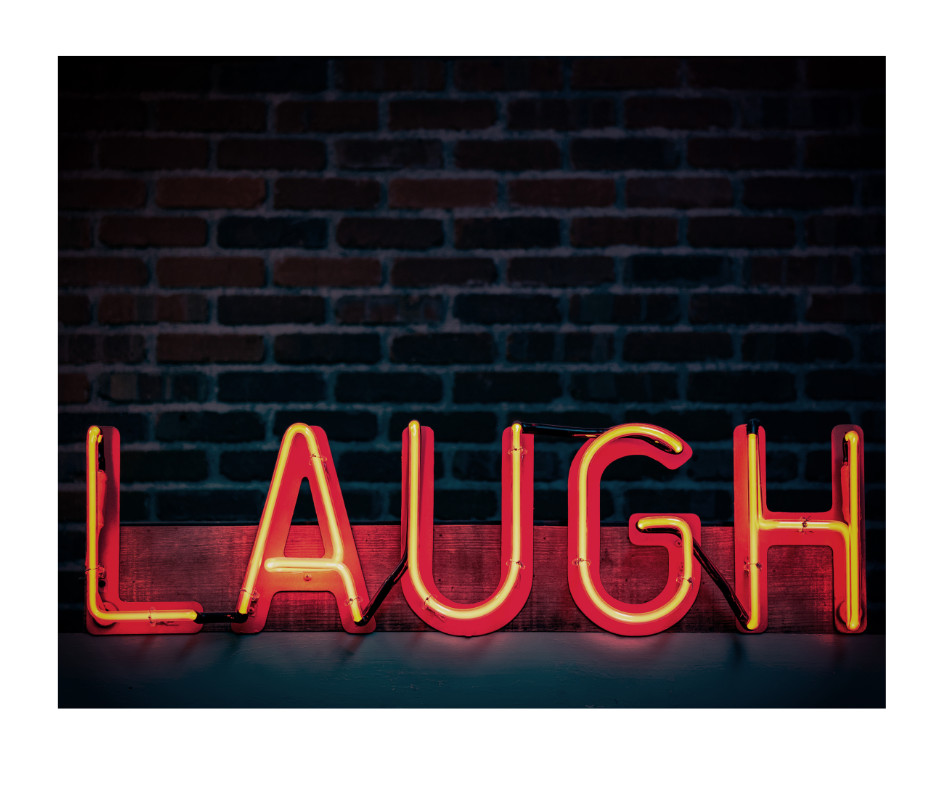
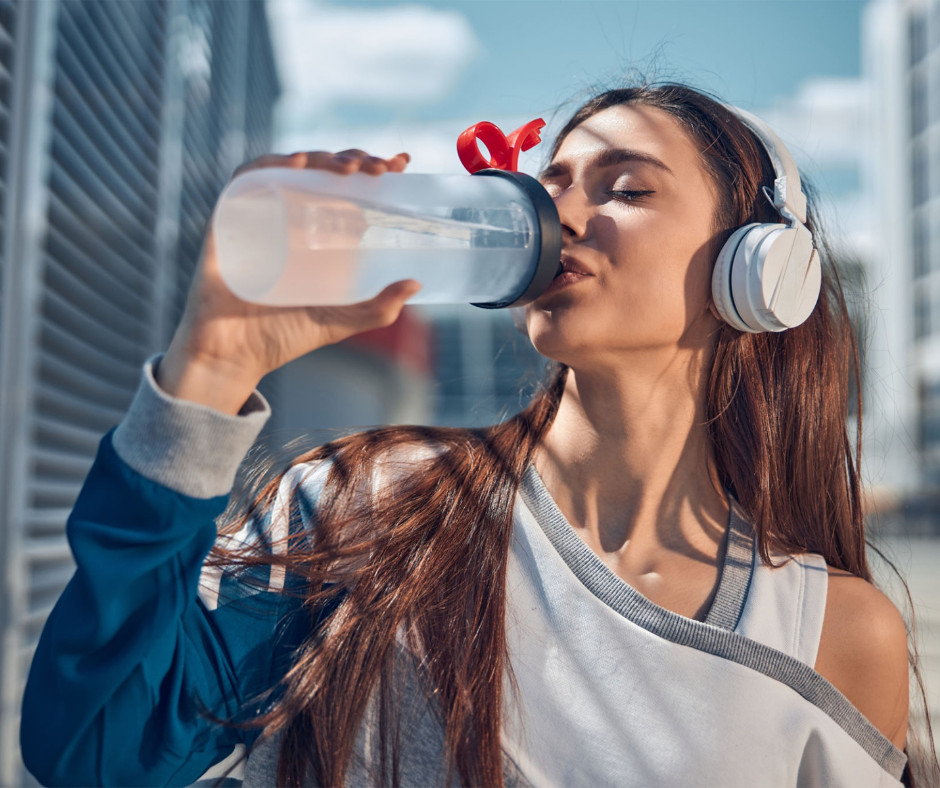


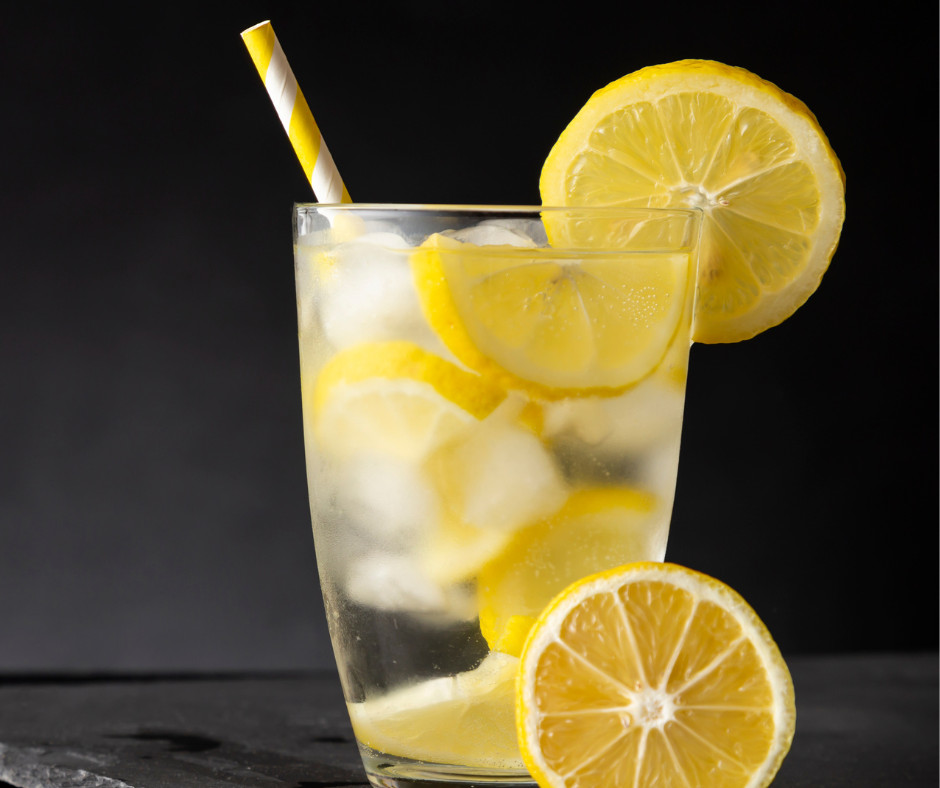


0 Comments